Hey guys, question. Is there anything I need to do when shooting in snow? I will be on a ski trip next weekend and I want to shoot a lot. I don't want the prints to look washed out, or overly grey. I have been doing some searching online, and read a few tips, but I want to get other opinions. I read that I could change my ISO setting to a lower setting. I have shot all 400 speed tri-x all semester, with my ISO set to 200. Will the 400 speed be ok for snow?
Thanks!
Zack
Thanks!
Zack





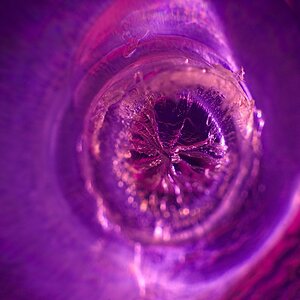
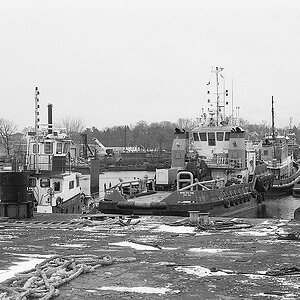
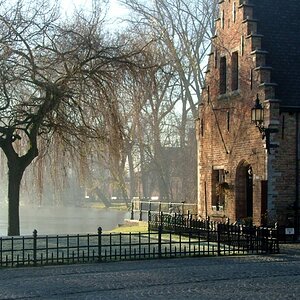
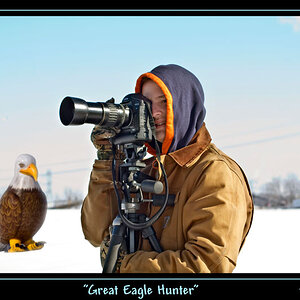
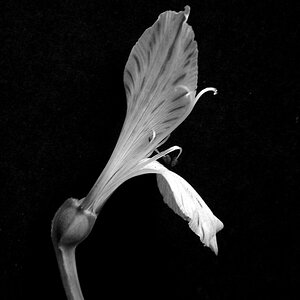
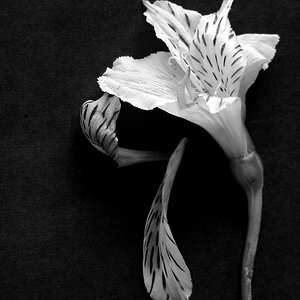
![[No title]](/data/xfmg/thumbnail/38/38266-292dc43125dad0d89dbd806503618171.jpg?1619738549)
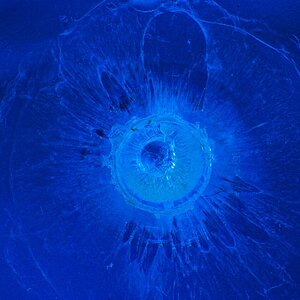
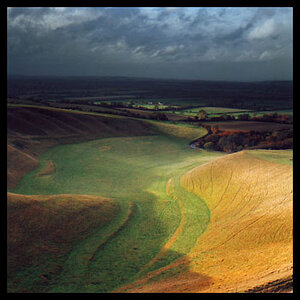
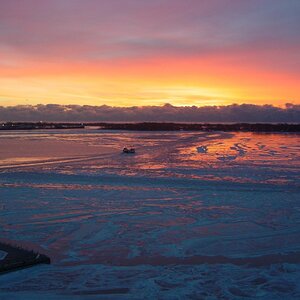
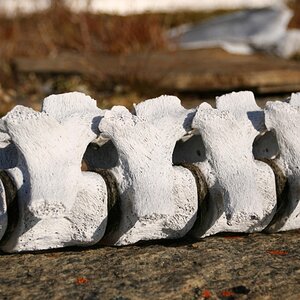
![[No title]](/data/xfmg/thumbnail/42/42487-e35b2848c41aeeb5a93f21809f036a1d.jpg?1619740196)